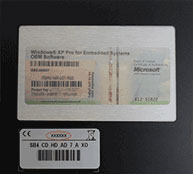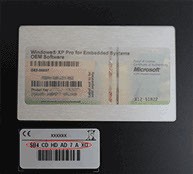Since the introduction and subsequent popularity of touchscreens, user interface technology has faced a continuous and rapid evolution to meet consumer expectations.
This evolution is partly due to the emergence of projected capacitive touch technology, which now enables multitouch and gesture recognition in today’s smartphones and tablets.
All these new capabilities, however, also gave rise to newer problems that manufacturers face. Therefore, in designing products like access panels, remote controls, keypads, and even wearable technology, the flexibility to optimise a design is a crucial factor.
Power Consumption
One particular challenge for devices utilising projected capacitive sensing is power consumption.Most PCAP solutions have a relatively high power consumption, which may limit their use in low-power applications.
Thus, manufacturers should properly assess the challenge with power consumption when evaluating any PCAP technology.
Low-Power PCAP
Fortunately, a combination of an eXtreme Low Power technology and royalty-free source code can answer the issue of low-power PCAP.
For instance, single-touch tap, swipe, swipe and hold, and double-tap gestures may now be implemented even when using low power.
In another example, a sensor operating at 2 V would only consume 15 A when in active idle model. It will then rise to just 150 A when woken with a touch. This would mean more than two years of battery life.
With this solution, remote controls, gamepads, and other power-conscious devices can now operate with low power. Manufacturers need only manage power, size, and other characteristics to meet the low-power requirements.
New Challenges
With consumer expectations continuing to rise, manufacturers should then manage to overcome the challenge of flexibility.
Amidst the trend of incorporating touch and gesture detection in devices other than smartphones and tablets, it’s important that developers begin to produce progressive and flexible PCAP touch controllers and sensor design.
Source:
The expanding scope of projected capacitive touch sensing, Dataweek


